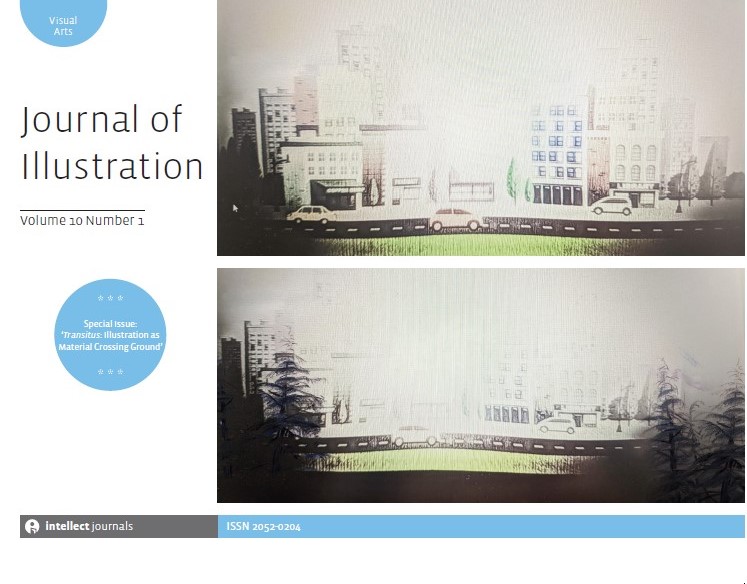
Full text loading...
 , Jhinuk Sarkar2
, Jhinuk Sarkar2
This article reflects on the use of illustration as a tool in mental health, and attempts to answer the question, can depicting wellness or rawness of mental health experiences in illustration contribute towards recovery? The two authors of this article speak from their experiences from several roles: as illustrators; a disability adviser and mental health practitioner; as teachers and women of colour. They explore their own creative practices through their intersectionality. The first author presents wellness in illustration, the origins of both black illustrators communicating through their work alongside how black people are represented in illustration. This uncovers societal cultural preference, authenticity and overarchingly, the question of who decides our narratives. In exploring rawness, the role of illustrator, and how it connects to others through honest human experiences, the second author questions where this is impacted. The reflection throughout this article encourages true consideration of intersectionality in the creation, engagement and taught aspects of illustration, considering how this communicative instrument can continue to be used to promote wellness. This article proves that illustration can provide a space for recovery in a mental health context, ultimately demonstrating how illustration is used to portray experiences where words cannot, providing a cathartic process for practitioners, and is used as a tool to promote powerful inclusivity.

Article metrics loading...

Full text loading...
References


Data & Media loading...

Publication Date:
https://doi.org/10.1386/jill_00030_1 Published content will be available immediately after check-out or when it is released in case of a pre-order. Please make sure to be logged in to see all available purchase options.